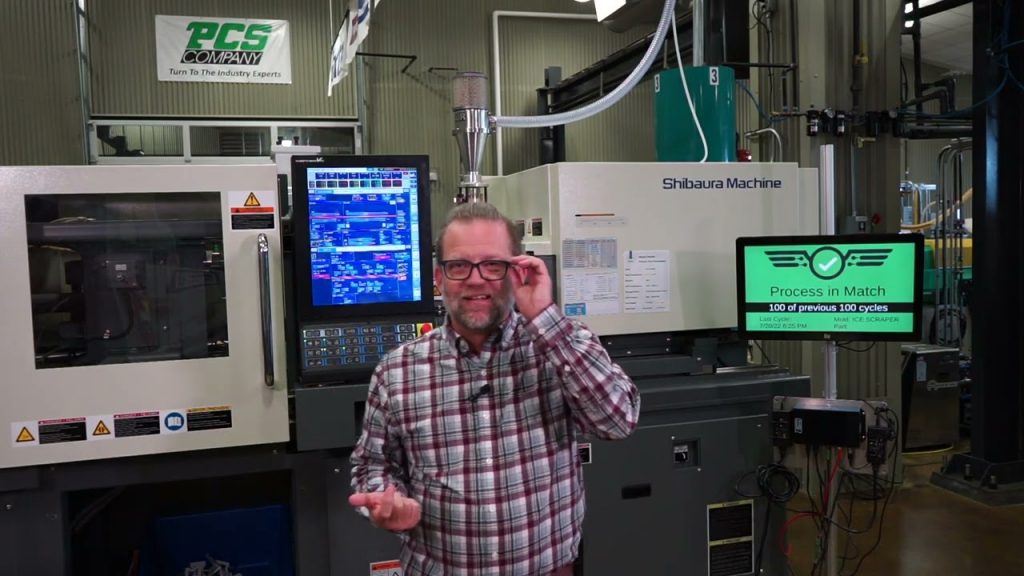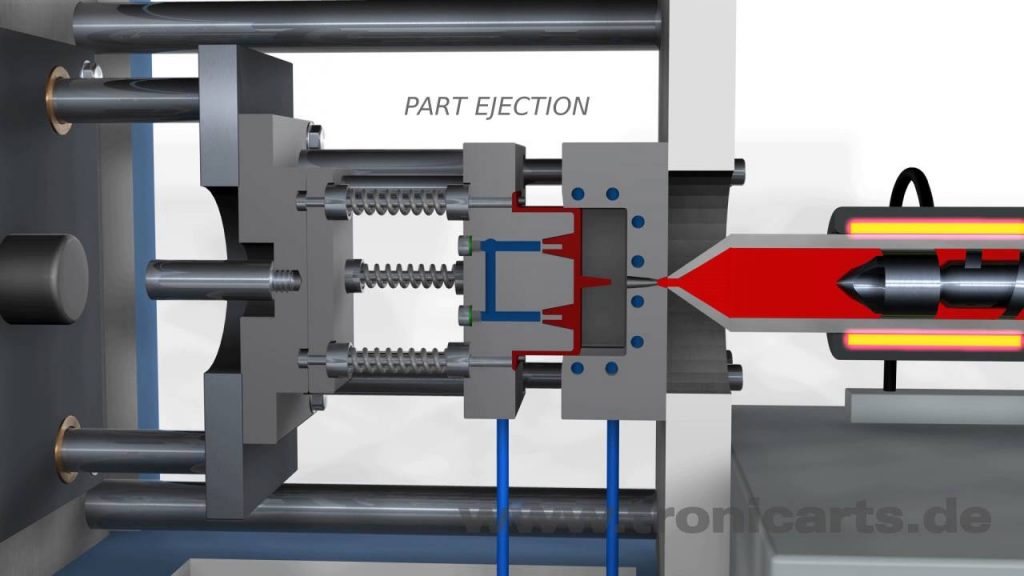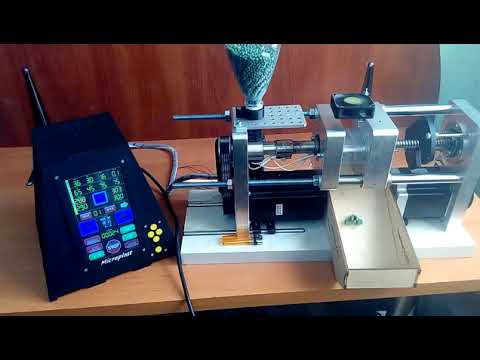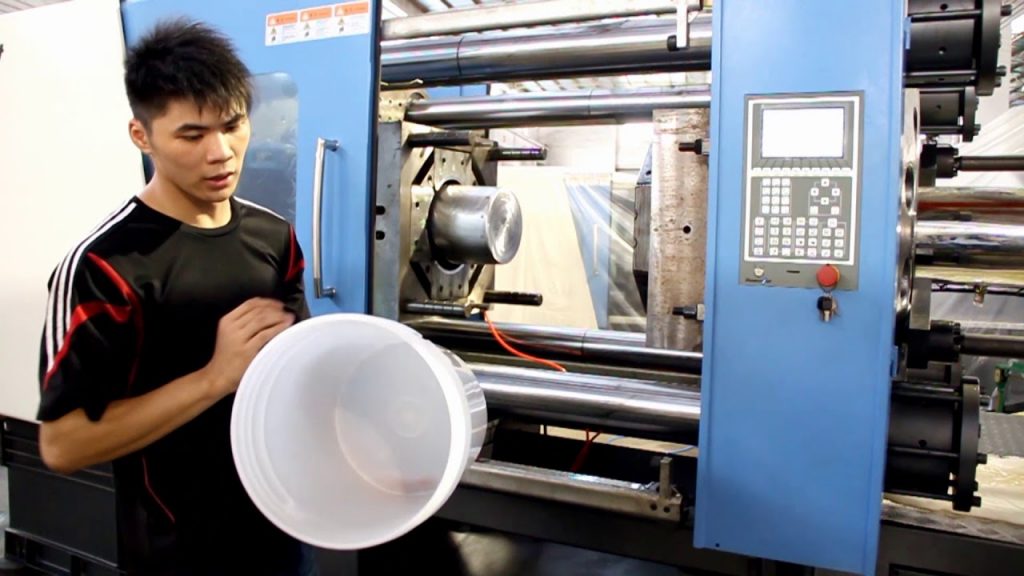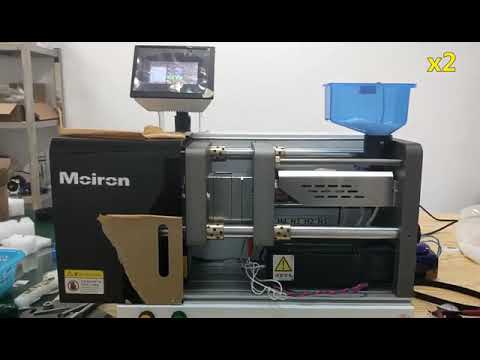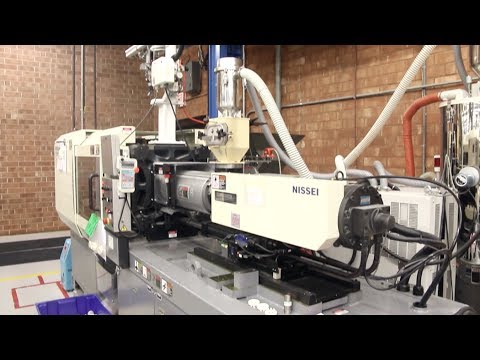Plastic Injection Molding Machine: Understanding the Importance of Back Pressure
Introduction
In the world of plastic injection molding, back pressure plays a crucial role in ensuring the quality and consistency of the final product. In this YouTube video, our expert trainer and consultant, Jason Robinson, sheds light on the significance of back pressure and shares valuable insights on how to effectively use it with a plastic injection molding machine. Let's dive into the topic and understand the key aspects of back pressure in injection molding.
What is Back Pressure in Injection Molding?
Before we delve into the details, let's first understand what back pressure means in the context of injection molding. Back pressure refers to the resistance encountered by the molten plastic material as it flows through the injection unit of the molding machine. It is created by the screw rotating inside the barrel, exerting pressure on the plastic material.
Importance of Back Pressure
Back pressure plays a vital role in achieving optimal results in plastic injection molding. Here are a few reasons why it is crucial:
1. Homogenization of the Melt: Back pressure helps in achieving a uniform melt by evenly mixing the polymer and additives. This ensures consistent properties throughout the molded part.
2. Enhancing Melt Quality: By applying back pressure, the screw can melt the plastic material more efficiently, resulting in a higher quality end product. It helps to eliminate any trapped air or gas bubbles, leading to improved surface finish and structural integrity.
3. Controlling Viscosity: Back pressure allows for better control of the melt's viscosity, ensuring it is within the desired range. This control is essential to prevent issues like flash, sink marks, or warp in the final molded part.
4. Temperature Control: By applying back pressure, the heat generated during the melting process can be distributed evenly, preventing hot spots and maintaining a consistent temperature throughout the barrel.
How to Use Back Pressure Effectively
Now that we understand the importance of back pressure, let's explore how to use it effectively with a plastic injection molding machine:
1. Balancing Back Pressure: It is essential to strike a balance with back pressure to avoid potential problems. Too little back pressure may result in poor melting, while excessive back pressure can cause degradation of the polymer. Adjust the back pressure settings based on the specific requirements of the material being processed.
2. Monitoring Melt Temperature: Regularly monitor the melt temperature during the injection molding process. Adjust the back pressure as needed to maintain a consistent temperature and prevent overheating.
3. Optimizing Screw Design: The design of the screw plays a crucial role in achieving the desired level of back pressure. Consult with experts or refer to the machine's manual to understand the recommended screw design for your specific application.
4. Process Optimization: Experiment with different back pressure settings and monitor the resulting part quality. Fine-tune the back pressure to achieve the best balance between melt homogeneity, viscosity control, and temperature distribution.
Conclusion
Back pressure is a critical parameter in plastic injection molding, influencing the quality, consistency, and performance of the final product. By understanding its importance and effectively utilizing it with a plastic injection molding machine, manufacturers can achieve superior results. Remember to strike the right balance, monitor melt temperature, optimize the screw design, and continually refine the process to ensure optimal back pressure settings.
Check the coil packing solution with a leading manufacturer for professional solutions. Plastic Injection Machine
Understanding Back Pressure in Injection Molding and the Role of Plastic Injection Molding Machines
